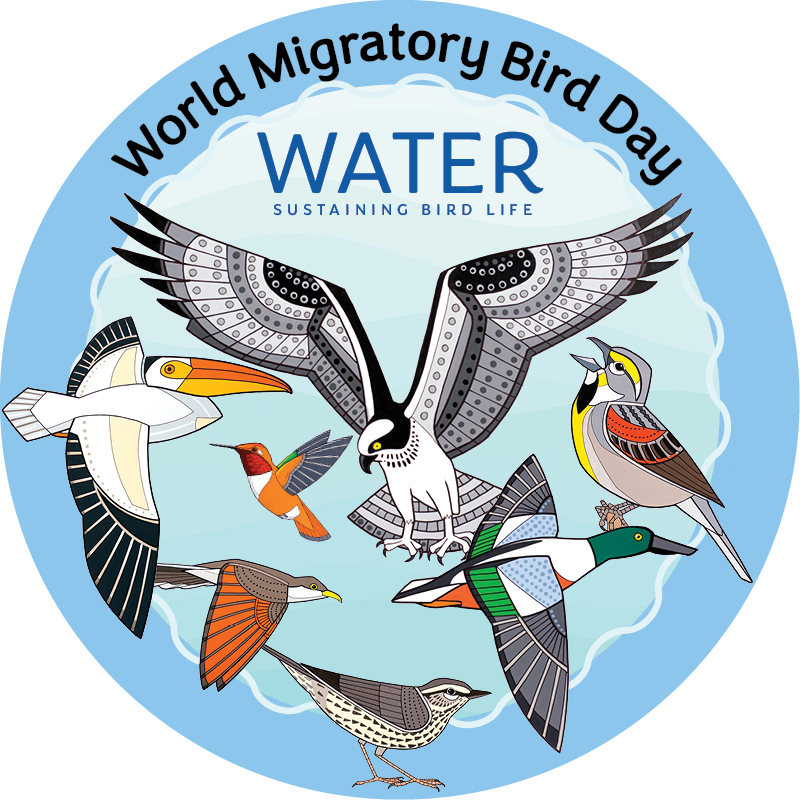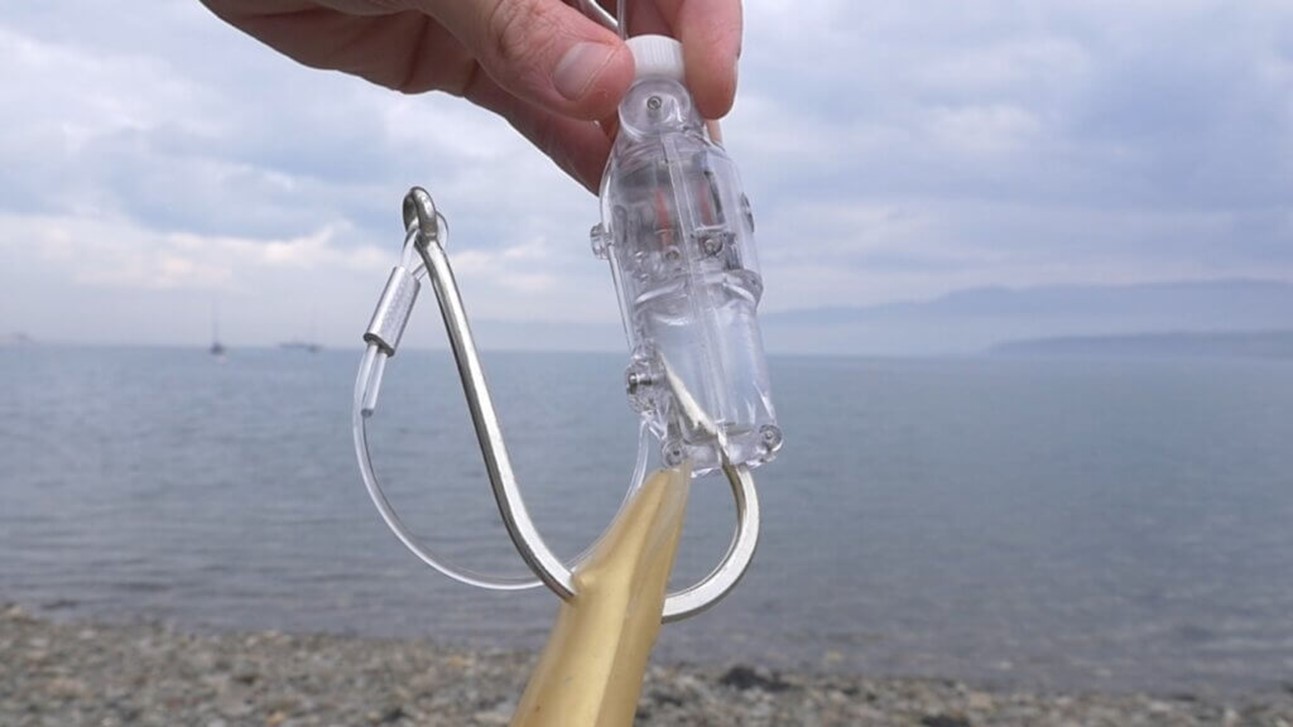 Nicaraguan artist, Augusto Silva created the artwork for this year’s World Migratory Bird Day to reflect the campaign’s theme, “Water: Sustaining Bird Life”.
Nicaraguan artist, Augusto Silva created the artwork for this year’s World Migratory Bird Day to reflect the campaign’s theme, “Water: Sustaining Bird Life”.
The first peak day for WMBD was celebrated earlier this year on 13 May, and this Saturday, 14 October, marks the second peak day for World Migratory Bird Day (WMBD). The observance of two celebratory days for WMBD reflects the seasonal nature of bird migration and differing migration patterns between the northern and southern hemispheres. This year's campaign, under the theme, “Water: Sustaining Bird Life”, is raising awareness of the growing water crisis facing migratory birds.
Water is critical for life on Earth, however increasing human demand for water, poor management, as well as pollution and climate change are threatening water quality and ecosystems across the globe. These threats are not only confined to fresh water, with saltwater ecosystems, which albatrosses and petrels are reliant, facing similar challenges.
“World Migratory Bird Day 2023 spotlights the vital role that water plays in the survival of our shared birds. The focal species illustrated on the campaign poster depict the intricate bond each bird shares with water. The diminutive Rufous Hummingbird thrives on nectar-producing flowers that rely on water for their blooms, and the Dickcissel scours the grasslands for seeds that hold the moisture they need. White Pelicans and Ospreys seek their prey in freshwater lakes, while the magnificent Wandering Albatross and Atlantic Puffin remain at sea. WMBD is an opportunity to unify our voices for the conservation of migratory birds and to celebrate their spectacular journeys". Dr. Susan Bonfield, Executive Director at Environment for the Americas (EFTA).
International cooperation is key to protecting the world’s water resources, and vital for the conservation of migratory birds. The recent adoption of a new global framework for the integrated management of chemicals and waste at the recent fifth International Conference on Chemicals Management (ICCM5) is one such example of the collaboration required to tackle these threats.
Events celebrating World Migratory Bird Day are being held worldwide and can be found at the official World Migratory Bird Day website. Coinciding with WMBD is BirdLife International's Global Bird Weekend – a worldwide birdwatching and citizen science event organised with partners, Global Birding and eBird. More information about the Global Bird Weekend can be found, here.
WMBD is organised through a partnership between: The Convention on the Conservation of Migratory Species of Wild Animals (CMS), the African-Eurasian Migratory Waterbird Agreement (AEWA), the non-profit organization, Environment for the Americas (EFTA) and new partner, the East Asian-Australasian Flyway Partnership (EAAFP).
To learn more about this year’s World Migratory Bird Day campaign and to download posters and WMBD resources, visit www.worldmigratorybirdday.org.

13 October 2023

 English
English  Français
Français  Español
Español 




 Weighted hooks including the Hookpod mini (pictured) were trialled in the project, "Demonstration of practicality and safety of alternative branchline weighting designs that reduce seabird catch risk in the Hawaii pelagic longline deep-set fishery" lead by Eric Gillman that received funding from the BREP in 2019.
Weighted hooks including the Hookpod mini (pictured) were trialled in the project, "Demonstration of practicality and safety of alternative branchline weighting designs that reduce seabird catch risk in the Hawaii pelagic longline deep-set fishery" lead by Eric Gillman that received funding from the BREP in 2019. A diagram of the underwater setter from the report
A diagram of the underwater setter from the report